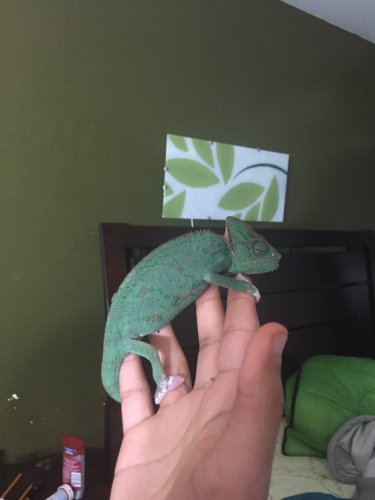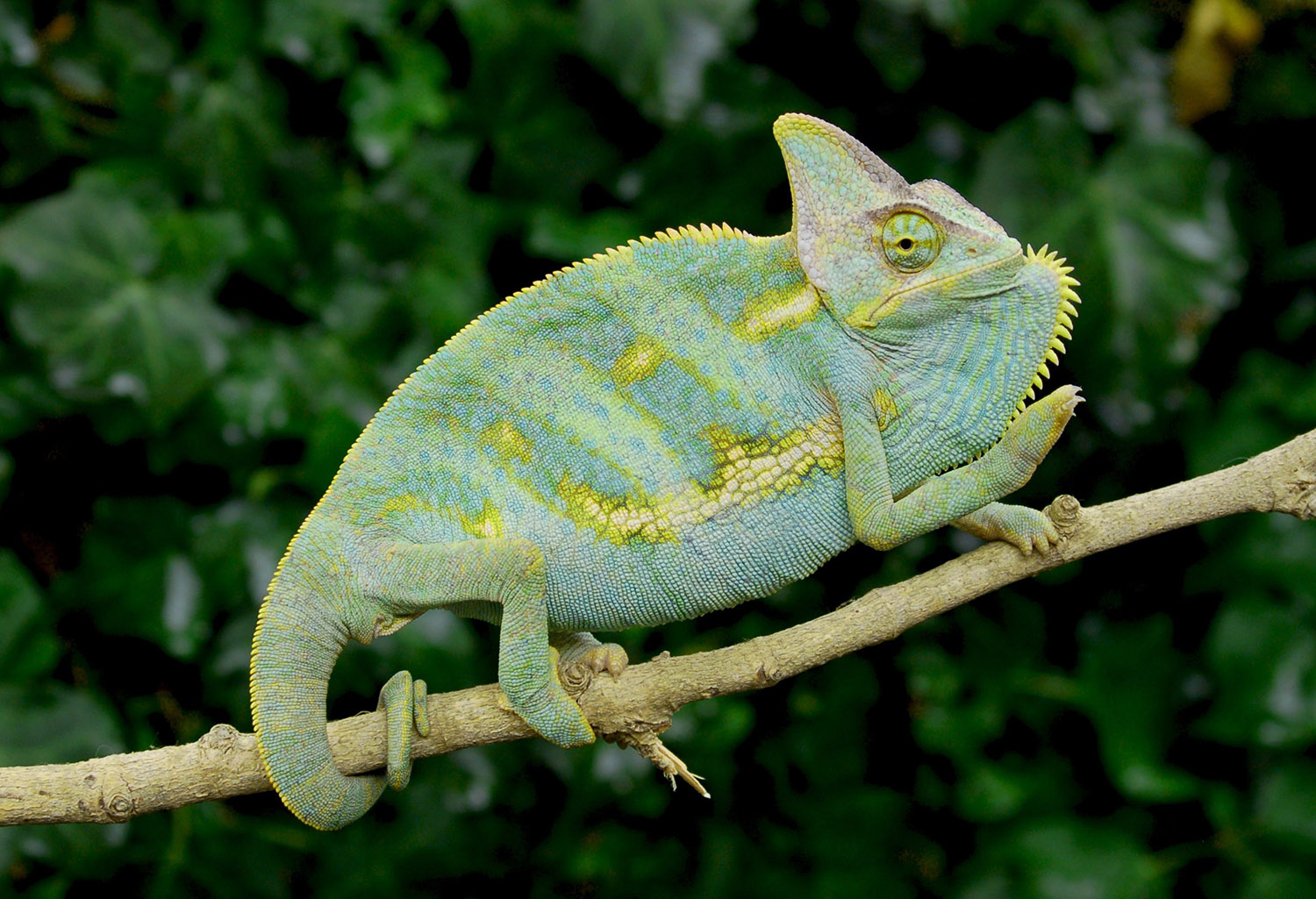


( See amazing pictures of a baby chameleon that doesn’t know it hatched.) Conservation status When the eggs hatch six months later, they’re on their own: Already well developed into mini-chameleons, the babies leave the nest immediately to hunt. Mating can happen repeatedly over the course of three days, and once it’s successful, the female will start rejecting the male.Ībout 20 to 30 days after mating, the female lays between 30 and 95 eggs, which she leaves in a small depression she has scraped in the ground. They may stand out by bobbing their heads, and are known to approach a receptive female with a cautious, halting gait, possibly because females can bite. Mating and reproductionĭuring courtship displays, males will also present themselves sideways to look larger, their legs rigid and tail coiled. Males make similar color-changing performances for females, who turn dark with orange and turquoise spots if they’re already pregnant, or remain neutrally colored if they’re receptive to mating. If one male turns off his colors, it’s the equivalent of a white flag, and he surrenders. When defending territory against another male, a chameleon will create intense color displays of red, orange, and white. More often, veiled chameleons alter their colors to communicate with potential mates or express dominance, in the case of males. When resting, males are generally light green with accents of other greens, yellows, blues, and browns while females are light green with white markings.Ĭontrary to popular belief, chameleons don’t need to change color to blend into their surroundings. Like many chameleons, this species can change color within seconds with the help of special pigmented cells in their skin. ( Here’s what happens when a chameleon looks into a mirror.) True colors Their grasping feet and prehensile tails allow them to hold fast to branches, shrubs, or even backyard plants. Solitary tree-dwellers native to Saudi Arabia and Yemen, veiled chameleons-also called cone-headed chameleons-are mostly insectivores, ambushing prey with long, sticky tongues. Both males and females sport the fancy headgear, which serves to channel water droplets down into the reptiles’ mouths, a crucial adaptation in their dry habitats. The veiled chameleon gets its name from the bony protusion atop its head, which is called a casque. Current Population Trend: Stable What is a veiled chameleon?


 0 kommentar(er)
0 kommentar(er)
